
Research
Dissertation Work: Songbirds as Pollinators (SaP) Project
Research Team:
Conducted under P.I. Dr. Liba Pejchar, in collaboration with Dr. Caitlin Wells, Teia Schweizer, Dr. Seth Davis, and Dr. Xiaoping Li.
Collaboration:
Partnering with the Institute for Bird Populations (IBP) Monitoring Avian Production and Survival (MAPS) stations, as well as independent banding groups, we received pollen swabs from thousands of birds across the western U.S. and British Columbia. (put map here)
Current Research Focus:
Bird Characteristics & Pollen: What individual bird traits (e.g., sex, age) or environmental factors (e.g., date of first flowering) are linked to the presence of pollen on songbirds?
Flower Characteristics & Bird Preferences: Are particular plant morphological characteristics (e.g., flower color, shape) associated with a higher probability of flower-foraging and pollen-carrying by songbirds? (Image 1 (pic 3) | Image 2 (pic 2))
Species Richness & Network Redundancy: Does species richness or the relative abundance of functional groups (songbirds vs. hummingbirds) contribute to network indices associated with redundancy, in bird-flower networks?
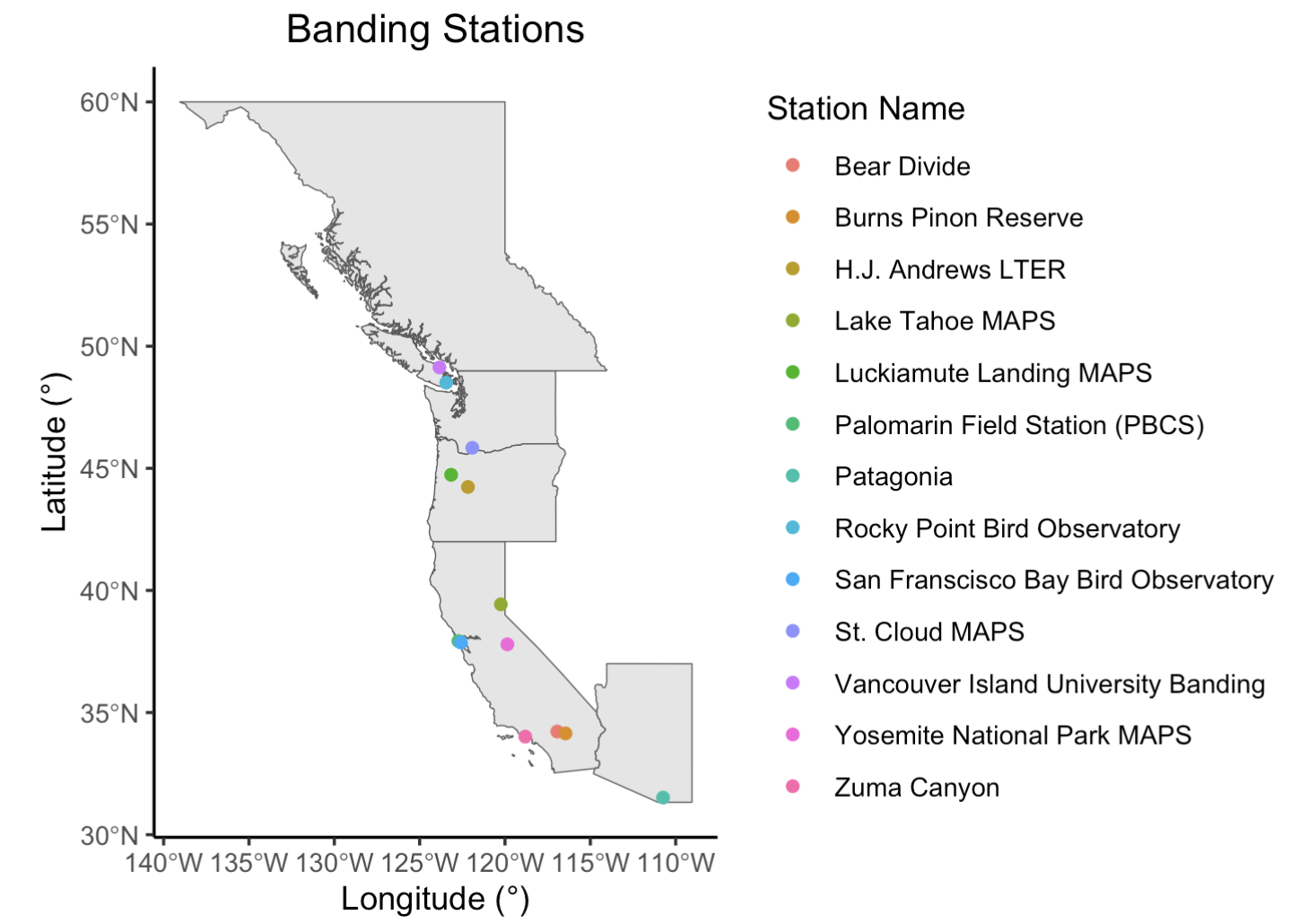
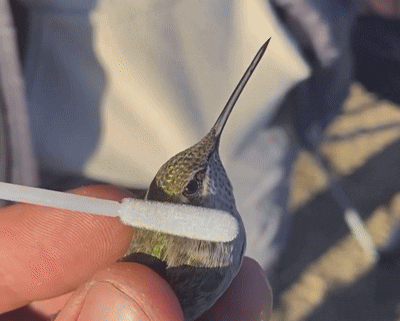
Funding for this work is generously provided by:
National Science Foundation, Graduate Research Fellowship, Colorado State University, Vice President for Research (VPR) Graduate Fellows Program, Graduate Degree Program in Ecology Training & Travel Grant, Graduate Student Council (GSC) Professional Development & Supply Grant, The Thomas A. Jones Graduate Fellowship, The Douglas L. Gilbert Memorial Scholarship, Wilson Ornithological Society Student Research Grant, Sea and Sage Audubon Society Bloom-Hays Ecological Research Grant, Pasadena Audubon Society Student Research Grant, The Garden Club of America Centennial Pollinator Fellowship, The American Philosophical Society Lewis and Clark Fund for Exploration and Field Research, American Ornithological Society Student Research Grant
For more information about the project, visit here.
Using Participatory Science to Explore Bird-Flower Interactions
In collaboration with Dr. Liba Pejchar and Morgan Strickrod (Sol Botany), we are investigating songbird-flower interactions using iNaturalist, for two California Jepson Floristic Provinces link. We hope to create plant-pollinator networks for these two adjacent regions to highlight participatory science as an exciting tool to explore interactions.
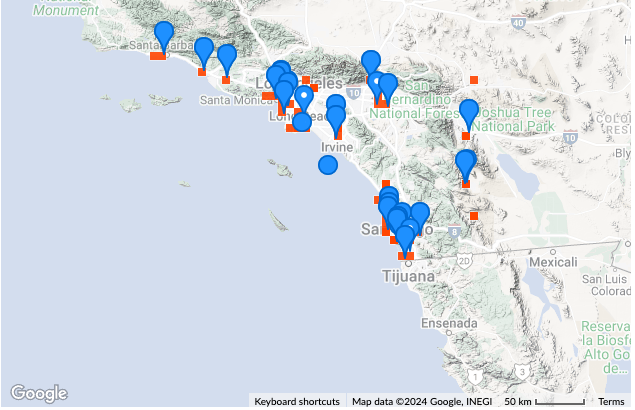
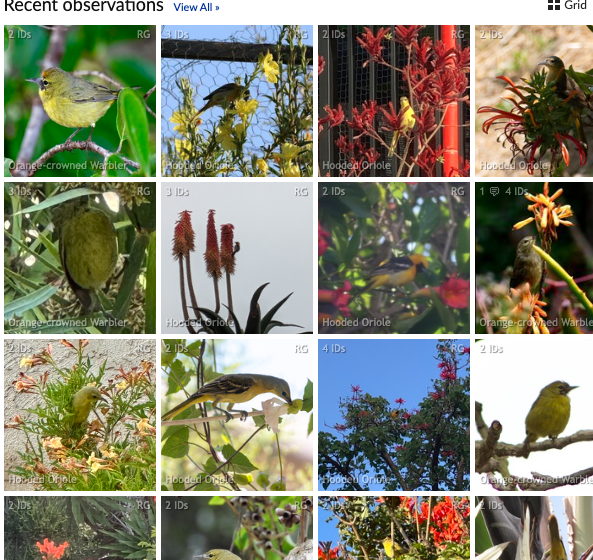
Graduate Student Mental Health Access
Mental health in graduate studies is a critically important issue, as the pressures of academia can disproportionately affect students with marginalized identities, amplifying the need for accessible mental health resources and support systems. I am a co-leader on a survey-based project exploring barriers to accessing mental health for graduate students in life sciences. Our data collection is complete and we have submitted a manuscript that is in review.
Nature in the City: Evaluating social and ecological outcomes of community-driven urban restoration projects in Fort Collins
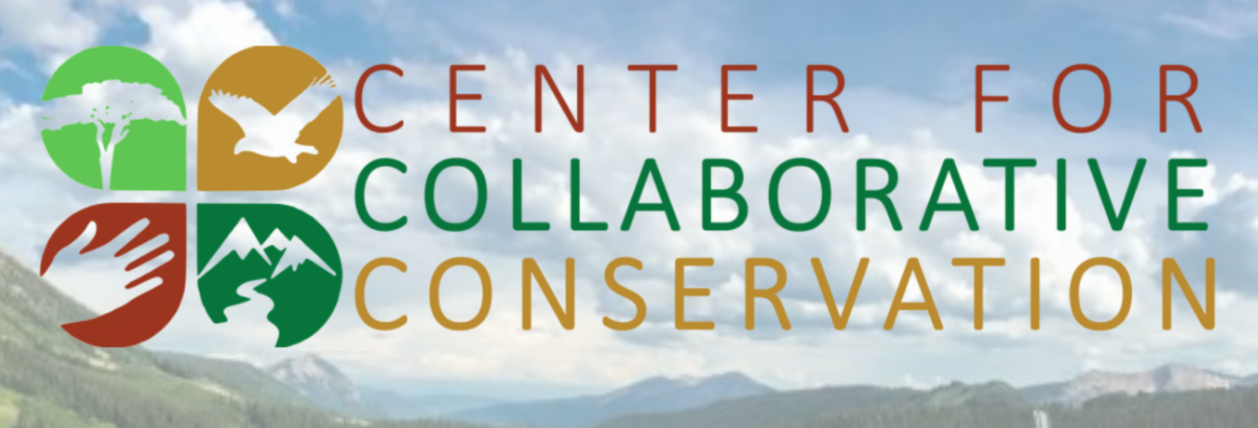
Mid-sized cities, such as Fort Collins, are often expanding more rapidly than large metropolitan areas, but the paths forward for sustaining biodiversity for nature and people in these spaces are less well understood. In recognition that a growing population could lead to the loss of green space, community concern prompted the City of Fort Collins to launch the Nature in the City (NIC) Program which focuses on increasing connectivity, fostering stewardship, and providing access to experiences and functional habitat for people, wildlife, and plants. Our team’s goal is to understand what contributes to project success and longevity, identify coverage gaps, and evaluate biodiversity outcomes to ensure the NIC program’s long-term effectiveness. We further aim to explore how community and city perspectives on project success align or diverge.
Past Research:
Do Orange-crowned Warblers Pollinate Vine Maple?
Could Orange-crowned Warblers contribute to pollination of vine maples? In 2018-2019, inspired by and under the guidance of Dr. Aaron Liston, with help and support from Dr. Matt Betts and the Portland Garden Club (Kathleen R. Pamplin Fund), I sought to answer this question in collaboration with Dr. Dustin Gannon. Using various forms of netting, I excluded birds and/or insects from vine maple blossoms before, during, and after the flowering period. While our sample size and spatial distribution was not adequate to confirm these conclusions, we found that vine maple blossoms that did not have access to the full suite of pollinators had reduced seed weight and production. Interestingly, we did observe an Orange-crowned Warbler flower-foraging in our study trees during one of our observation periods. We additionally noted numerous Orange-crowned Warblers foraging in big-leaf maples located adjacent to the study site throughout the flowering period. This early work led me to pursue a National Science Foundation Graduate Research Fellowship, expanding this work geographically and to a larger suite of bird species.
Coyle, Carolyn M., and Dustin G. Gannon. "Observations of orange-crowned warblers in vine maple." Northwestern Naturalist 102.1 (2021): 94-95.https://doi.org/10.1898/1051-1733-102.1.94